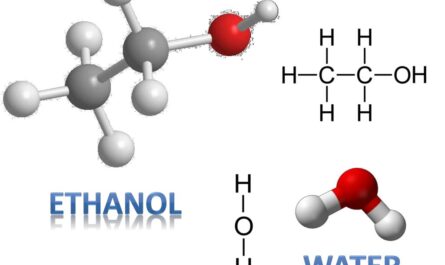Market Overview:
The life science tools market comprises products that offer diverse applications related to biological and medical research. This includes instruments, consumables, and software used for genomics, cell biology, drug discovery, and protein engineering among others. Key applications of life science tools are DNA sequencing, cell culture, electrophoresis, immunoassays, microscopy and spectroscopy. Advancing research in areas of precision medicine, biologics and personalized healthcare has bolstered demand for these tools.
Market Dynamics:
The life science tools market is driven by technological advancements leading to development of innovative tools with high throughput, automation, accuracy and efficiency. For instance, next generation DNA sequencing platforms provide whole genome sequencing within 24 hours at affordable costs, accelerating genomics research. Additionally, growth in pharmaceutical and biotechnology industry coupled with rising R&D investments in drug discovery and clinical trials is positively impacting the market. Further, increasing demand for customized medicine, companion diagnostics and cell and gene therapy is fueling adoption of advanced life science analytical instruments. However, high costs of advanced life science tools is a major concern. This has led to development of affordable bench-top instruments and software solutions by key players.
SWOT Analysis
Strengths:
– The life science tools market has various tools that can help streamline research workflows and accelerate drug discovery. These tools provide precise measurements which can improve healthcare outcomes.
– Presence of leading players with strong R&D capabilities allows continuous innovations in developing advanced life science tools.
– Rising government funding for life science research activities supports market growth.
Weaknesses:
– High costs associated with life science tools limits their adoption, especially in price-sensitive markets.
– Complexity of tools requires specialized training, which increases support costs.
Opportunities:
– Growing applications of single-cell analysis, epigenetics, proteomics and metabolomics create demand for versatile multi-omics tools.
– Emerging markets like India, China and Brazil offer lucrative opportunities for players due to increasing healthcare investments.
Threats:
– Stringent regulations associated with approval of life science tools increase compliance costs.
– Increased competition from local players impacts pricing strategies of major players.
Key Takeaways
The Global Life Science Tools Market is expected to witness high growth, exhibiting CAGR of 12% over the forecast period, due to increasing R&D investments in pharmaceutical and biotechnology sectors.
Market size:
The Life Science Tools Market size was valued at US$ 125.19 Mn in 2023 and is projected to reach US$ 301.23 Mn by 2030, growing at a CAGR of 12% during the forecast period.
Regional analysis:
North America dominated the life science tools market in 2023 with a share of over 35%, owing to extensive R&D activities and presence of leading players in the region. Asia Pacific is anticipated to witness the fastest CAGR during the forecast period due to increasing government focus on healthcare modernization and expansion of pharma companies in the region.
Key players:
Key players operating in the life science tools market are Agilent Technologies, Inc., BD, F. Hoffmann-La Roche Ltd., Bio-Rad Laboratories, Inc., Danaher, Illumina, Inc., Thermo Fisher Scientific Inc., QIAGEN, Merck KGaA, Shimadzu Corporation, Hitachi, Ltd., Bruker, Oxford Instruments, ZEISS International, Genome Medical, Inc., Hamilton Company, and Beckman Coulter, Inc.
Note:
- Source: Coherent Market Insights, Public sources, Desk research
- We have leveraged AI tools to mine information and compile it



